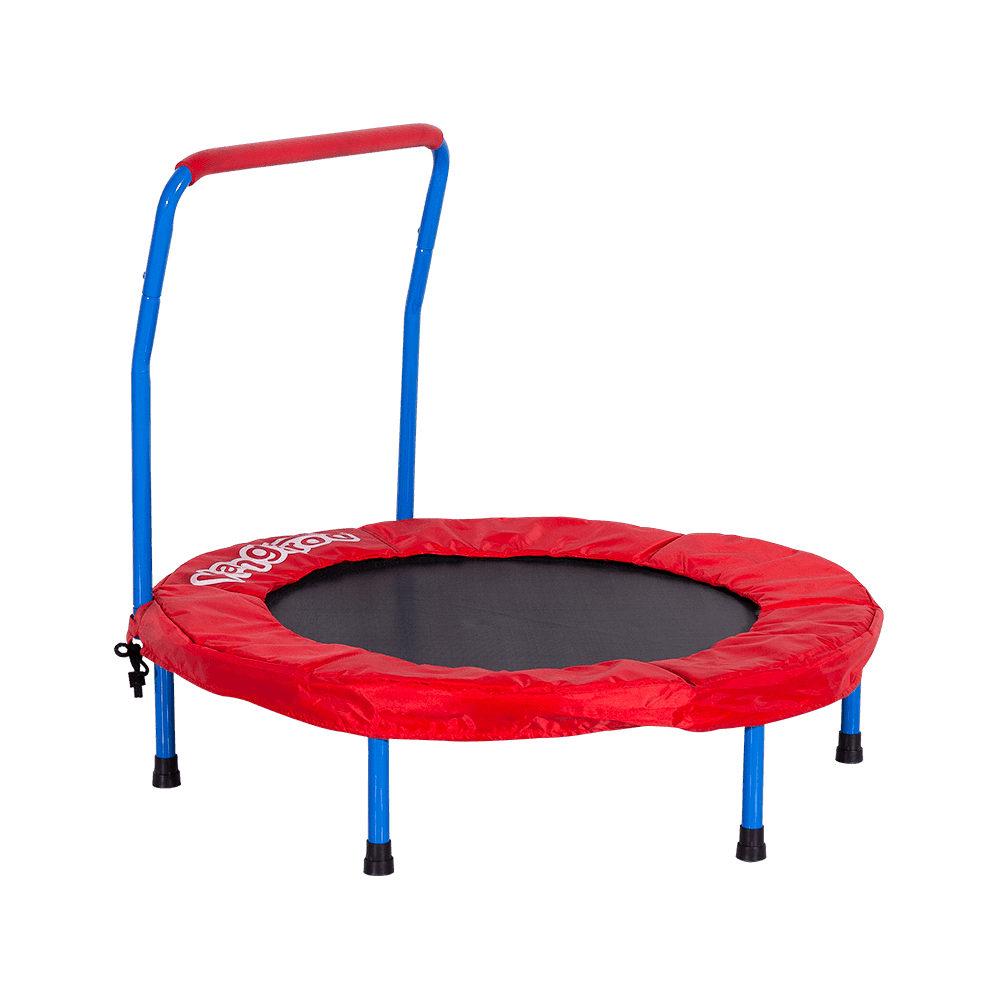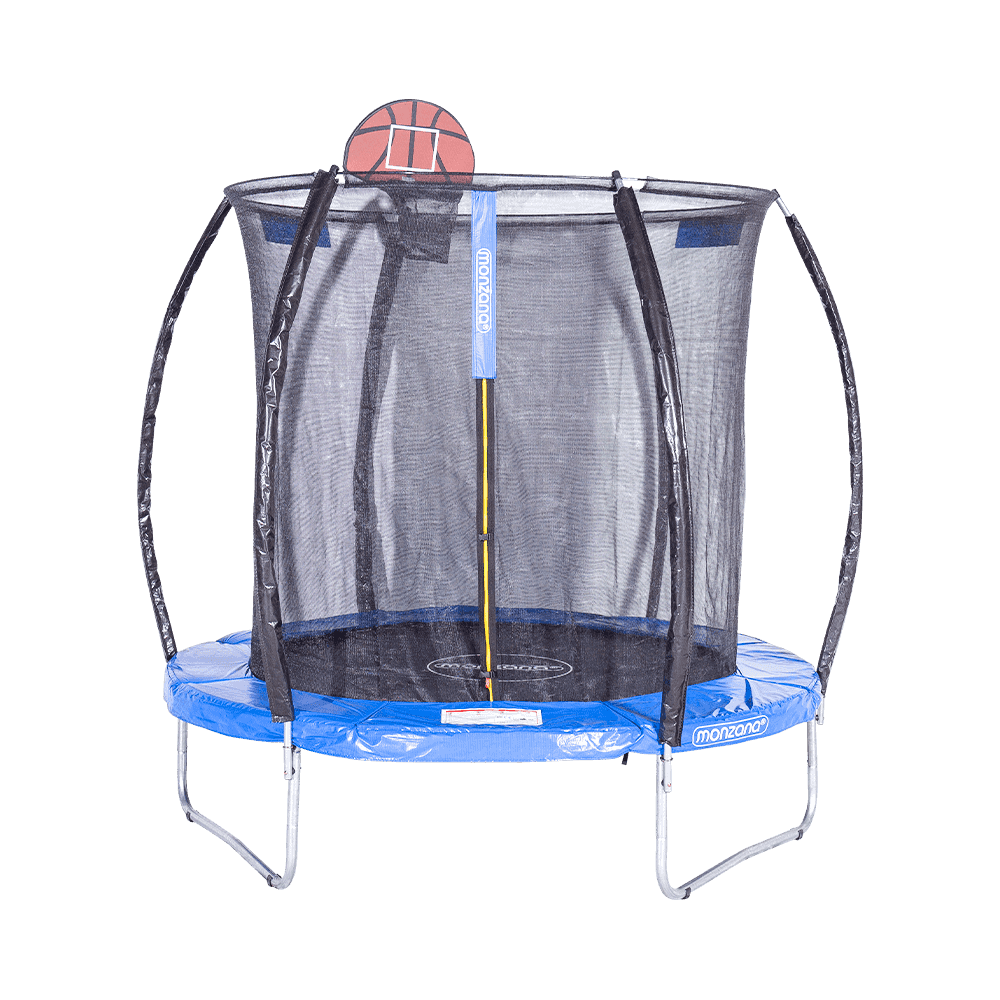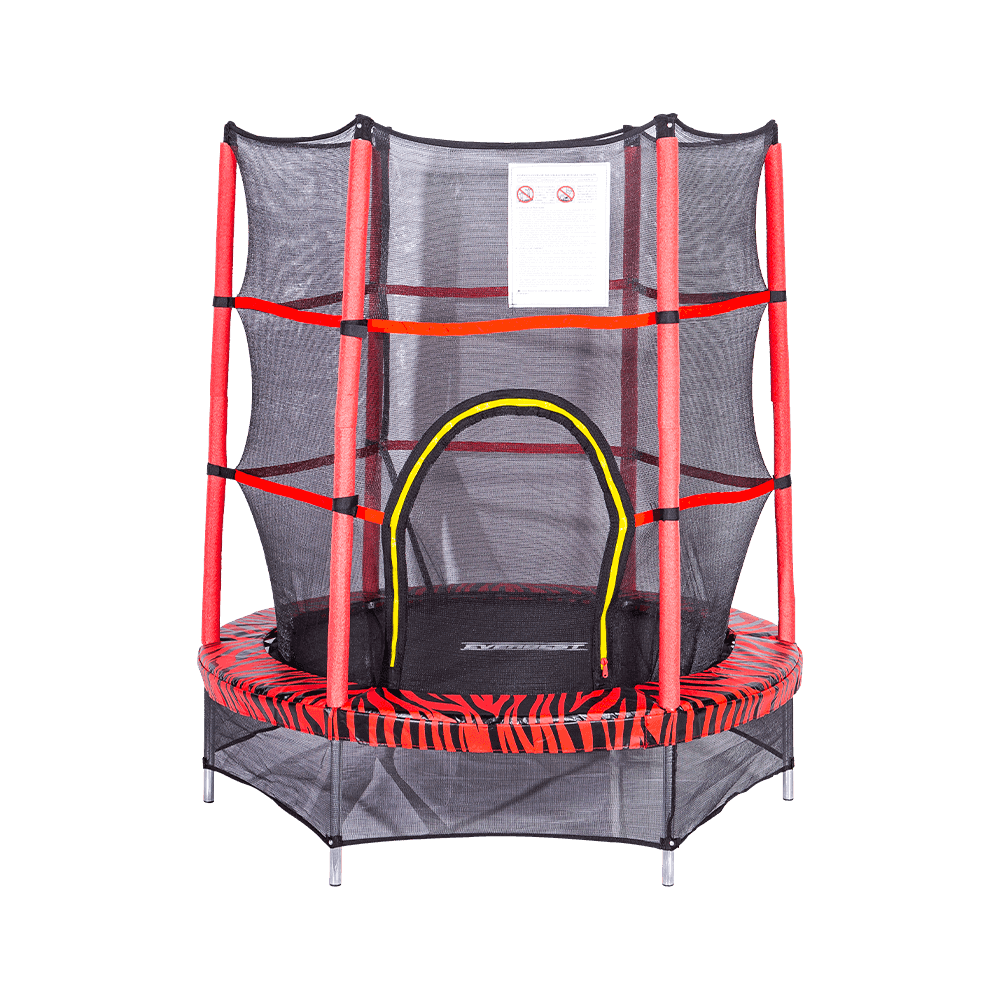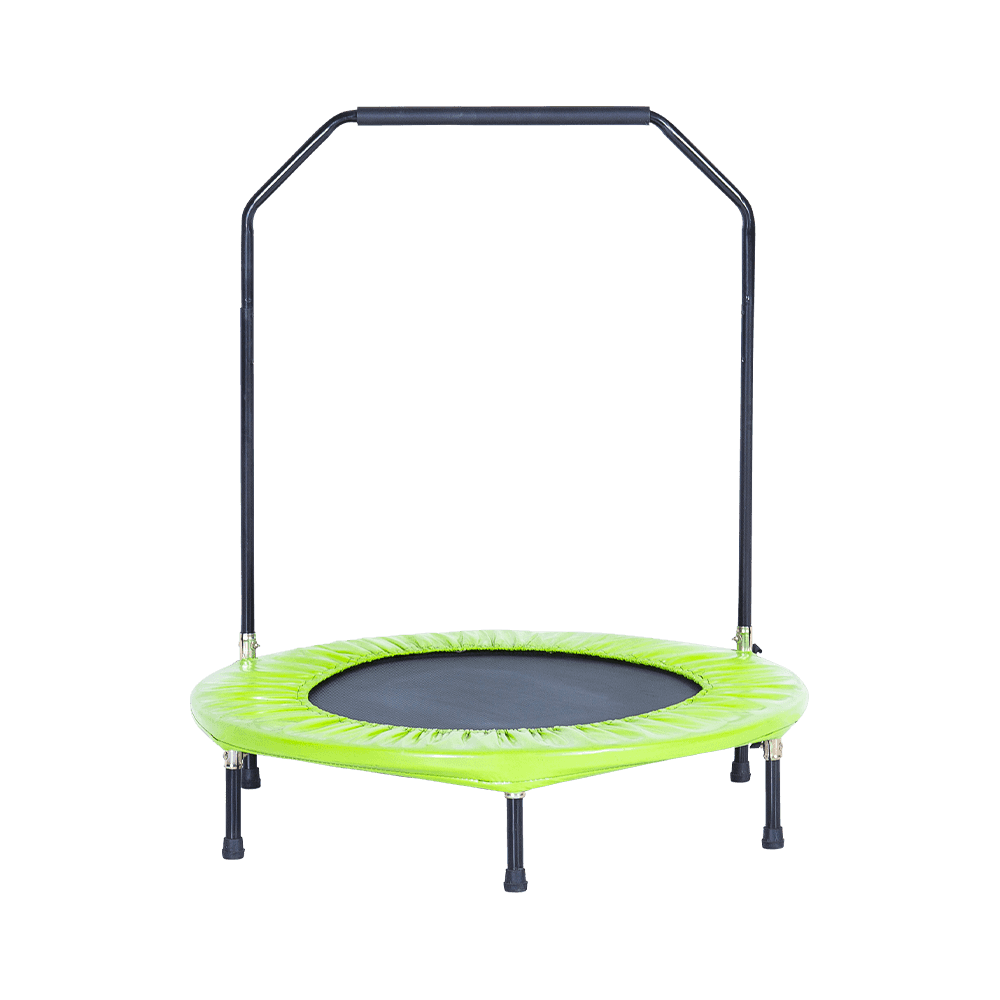Can mini trampolines help improve balance and coordination?
In a world increasingly dominated by sedentary lifestyles, the quest for effective, enjoyable, and engaging physical activity has never been more urgent. One often-overlooked solution lies in a surprisingly simple, yet highly effective, piece of equipment: the mini trampolines, also known as the rebounder. While this compact device may conjure images of fun-filled backyard play or fitness classes, its benefits go far beyond mere enjoyment. Research suggests that incorporating mini trampolines into a regular exercise routine can yield significant improvements in balance and coordination.
The Science Behind Mini Trampolines and Balance
Balance is an essential component of physical health, playing a crucial role in everything from daily activities to athletic performance. It requires the harmonious functioning of various systems within the body, including the sensory, motor, and central nervous systems. Mini trampolines, with their constant movement and varied surface, stimulate these systems in unique ways.
The bouncing motion experienced when using a mini trampoline engages the core muscles, which are critical for maintaining stability. Additionally, the unpredictable nature of the rebounder surface forces the body to adapt constantly, enhancing proprioception—the ability to sense the position of one’s body in space. As users challenge their balance with each jump, they activate a range of stabilizing muscles that are often neglected in traditional forms of exercise.
Improving Coordination Through Rebounding
Coordination, the ability to move different parts of the body efficiently and smoothly, is closely tied to balance. The dynamic environment created by mini trampolines offers an ideal setting to refine this skill. When bouncing, the body must coordinate multiple movements—adjusting posture, engaging core muscles, and controlling limb movement. This constant need for coordination helps develop a deeper connection between the brain and muscles, leading to smoother, more fluid motion.

Furthermore, the rhythmic motion of rebounding fosters neuromuscular adaptation, a process where the body becomes better at sending signals between the brain and muscles. This enhanced communication results in improved coordination and better overall body control. The mini trampoline offers a fun yet highly effective way to develop these essential physical skills, making it an excellent choice for both beginners and seasoned athletes alike.
Targeted Training for Athletes and Seniors
For athletes, mini trampolines present an opportunity to work on both balance and coordination without the wear and tear often associated with high-impact training methods. The low-impact nature of rebounding provides an effective means to strengthen muscles and refine motor skills, all while reducing the risk of injury.
For seniors, balance and coordination become increasingly important as they age, particularly to prevent falls. Studies have shown that regular use of mini trampolines can help enhance stability and mobility, offering a low-impact exercise solution that is easy on the joints. As a result, incorporating rebounding into a senior fitness routine can promote greater independence and a higher quality of life.
The mini trampoline is more than just a fun exercise tool; it is a powerful ally in the quest to improve balance and coordination. Whether you are looking to enhance athletic performance, boost everyday mobility, or simply enjoy a new form of exercise, rebounding offers an efficient and enjoyable solution. The benefits are clear: stronger core muscles, better proprioception, and improved coordination—all achieved with minimal strain and maximum fun.
Incorporating mini trampolines into a fitness routine is not only a sound investment in physical health, but also a step toward a more balanced and coordinated life.
If you have any questions, please fill out the contact form at the bottom of the page and contact us.







